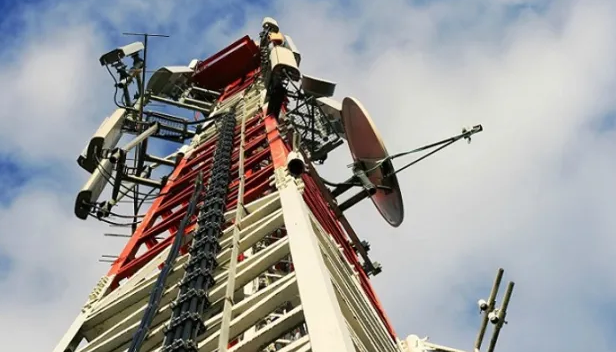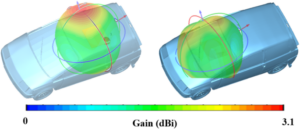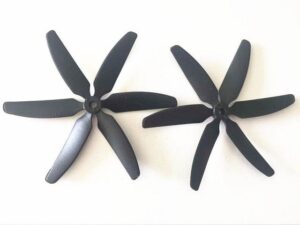Types and Functions of Antenna Support Structures
Lattice towers are used for broadcast television towers and military radar stations, capable of supporting 10-ton antennas and withstanding wind speeds of up to 200 km/h.
Monopole towers have a diameter of 1 to 3 meters and can reach heights of up to 60 meters. A 45-meter-high monopole tower in Manhattan, New York, meets the mobile communication needs of the city. Multiple monopole towers are also used in downtown Los Angeles.
Guyed towers are suitable for rural television broadcast stations and weather monitoring stations, with heights of up to 100 meters. A weather station in Inner Mongolia uses a 120-meter-high guyed tower.

Balancing Structural Strength and Safety Factors
A communication company’s lattice tower in Inner Mongolia uses Q345B steel with a yield strength of 345 MPa, capable of supporting 10 tons of equipment and withstanding wind speeds of 60 meters per second.
American standards require that the tower body does not collapse under wind speeds of 50 meters per second. A telecom company’s 50-meter monopole tower in Fukushima, Japan, is designed to remain intact during a magnitude 7 earthquake. Offshore oil fields can operate stably under wind speeds of 70 meters per second and high-salt environments. A 50-meter antenna tower installed on top of a skyscraper in New York can remain stable under wind speeds of 150 kilometers per hour. The International Telecommunication Union (ITU) and the American National Standards Institute (ANSI) provide strict regulations.
Quality Control and Acceptance Standards
According to the ANSI/TIA-222 standard, communication tower designs must withstand a maximum wind speed of 42 meters per second. The steel used must comply with the ASTM A36 standard, which specifies a yield strength of 250 megapascals. According to the AWS D1.1 standard, all welding quality must achieve Level B or higher. The static load test conducted on the antenna tower should show that the displacement does not exceed 0.5% of the tower’s height, which directly indicates the structural integrity and design appropriateness of the tower.







